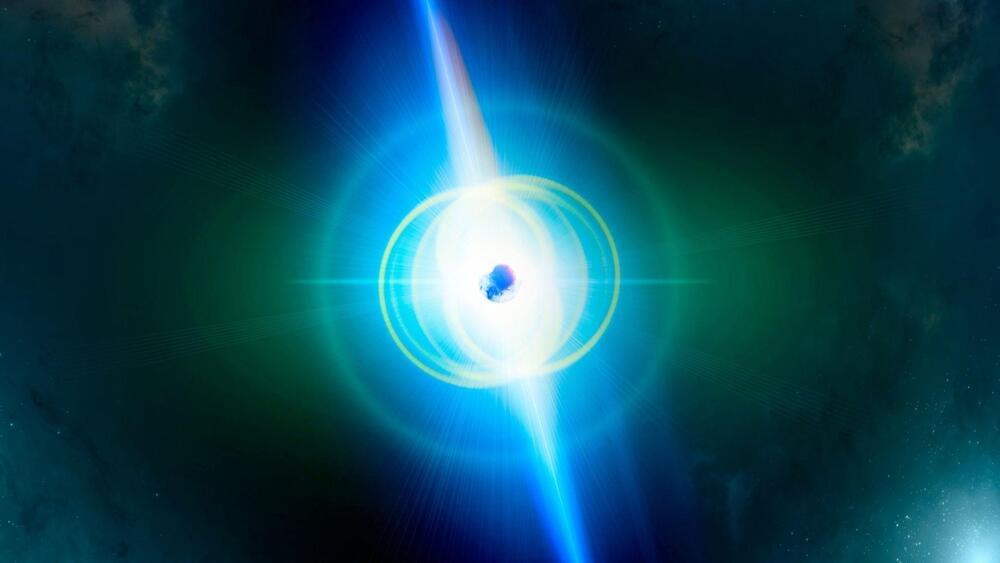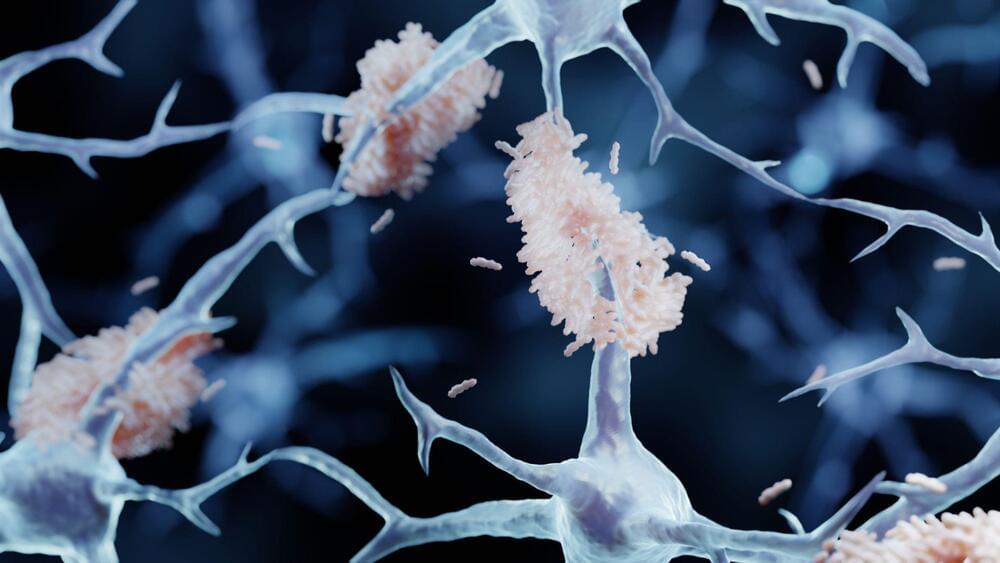The bendable 45-inch Xeneon Flex PC monitor lets you take literally take matters into your own hands if you want a curved display.
Claiming 3rd place, we look at how a zero-electricity cooling system could meet the world’s growing AC needs.
The fact that as the Earth warms, the technology needed by humans to stay cool will only make the environment hotter is one of the great ironies of climate change.
Here’s where a novel device unveiled by MIT researchers in October comes in.
Ibrahim Can/Interesting Engineering.
The number of energy-intensive air conditioning systems is projected to quadruple to 14 billion by 2050, putting a strain on existing power grids. Better yet, the increase in cooling alone will account for a 0.5-degree Celsius rise in global temperatures, according to the World Economic Forum.
At number 4 on IE’s list of 22 best innovations is ChatGPT, an AI-powered Chatbot that gained over 1 million registered users in just 5 days after release.
The year 2022 saw a host of brilliant inventions, ranging from the James Webb Space Telescope, the HIV vaccine, and DALL-E, to transparent solar windows. But just when we thought the year had seen its fair share of excellence and innovation, ChatGPT caught us by surprise.
Developed by the OpenAI foundation, an independent research body founded by Elon Musk, the Artificial Intelligence-powered chatbot released on November 30, is everything mind-blowing, bizarre, and daunting. The San Francisco-based company is also responsible for the breakthrough image generator DALL-E 2.
Thanks to a novel technique, scientists are now a step closer to solving a key mystery about the origins of solar wind.
Researchers have discovered web-like plasma structures in the Sun’s middle corona, according to a recent study published in Nature Astronomy.
The results bring us closer to solving a fundamental mystery about solar wind’s origins and its connections with other solar system bodies.
An AI system is being developed to lead explorers around the lunar surface.
Without instruments like the GPS we have on Earth, scientists have been attempting for years to figure out how to travel over the lunar surface.
Landmarks like trees or buildings on Earth can serve as fuzzy but useful distance measures-features that are non-existent on the Moon.
NASA/Reese Patillo.
Since the Moon’s atmosphere is significantly thinner than Earth’s, it is challenging to determine the size and distance of distant landmarks when looking at the horizon.
Continental has won the innovation award at CES 2023 for the seventh consecutive year.
Continental AG, the German developer of pioneering technologies in mobility, has been picked to receive the Innovation Award for its Scenic View Heads-Up Display (HUD) at CES 2023, the company said in a press release. The CES is a technology trade show held in Las Vegas in January every year.
Continental.
Continental, a more than a century and a half old company, has developed technologies that enable safe, efficient, and intelligent movement of people and vehicles. According to its website, technologies developed by the company are used widely in popular brands such as Volkswagen, BMW, and Ford, including their recent offerings in the electric vehicle (EV) segment.
Till now, only one repeating fast radio burst — FRB20201124A, has been reported with circular polarization.
The latest research by scientists at the National Astronomical Observatories of the Chinese Academy of Sciences (NAOC) has identified circular polarization in active repeating fast radio bursts (FRBs). The results were based on precise observations of the Five-hundred-meter Aperture Spherical Telescope (FAST).
FRBs hold the distinction of emitting the most luminous radio flashes in the universe, with the energy released in one such incident rivaling the Sun’s output “over a whole day or even a month to a year,” according to phy.org.
Naeblys/iStock.
The study findings, led by Prof. Li Di, were published in Science Bulletin.
This is a historic milestone in the quest for a clean nuclear energy source.
Scientists at Lawrence Livermore National Laboratory in California have made a major breakthrough in the field of nuclear fusion, sparking hope for a new carbon-free power source.
How did they do it?
llnl.gov.
The team used the world’s largest laser to initiate a fusion reaction that produced more energy than it took to create, marking a historic milestone in the quest for a clean nuclear energy source. Nuclear fusion has long been seen as a potential solution to the world’s energy needs, as it could provide abundant electricity without emitting greenhouse gasses or producing long-lasting nuclear waste.
A significant step toward improved accessibility.
Neuroscientists from the University of Pittsburgh School of Medicine developed a new test to identify a sign of Alzheimer’s disease neurodegeneration in a blood sample, according to a press release.
“At present, diagnosing Alzheimer’s disease requires neuroimaging,” said senior author Thomas Karikari, Ph.D., assistant professor of psychiatry at Pitt.
Artur Plawgo/iStock.
Called “brain-derived tau” (BD-tau), the biomarker is specific to neurodegenerations related to Alzheimer’s disease, and it reportedly outperforms currently used blood diagnostic tests.
While it is still unclear how cryptocurrencies will alter in value and where we will be in 2023 — one thing is clear, they are undoubtedly here to stay.
As 2022 draws to a close, the cryptocurrency market is under great scrutiny. From the crypto winter of 2021 that saw Bitcoin lose almost a third of its value and other cryptocurrencies follow suit to security issues with crypto exchanges, bridges, and web 3.0 apps, and of course, FTX’s dramatic failure, it’s almost impossible to disbelieve tales of gloom. However, looking at the forecasts for 2023, it appears the market may rebound, and now may even be an ideal moment to invest.
Da-kuk/iStock.
Improvement in regulation.









